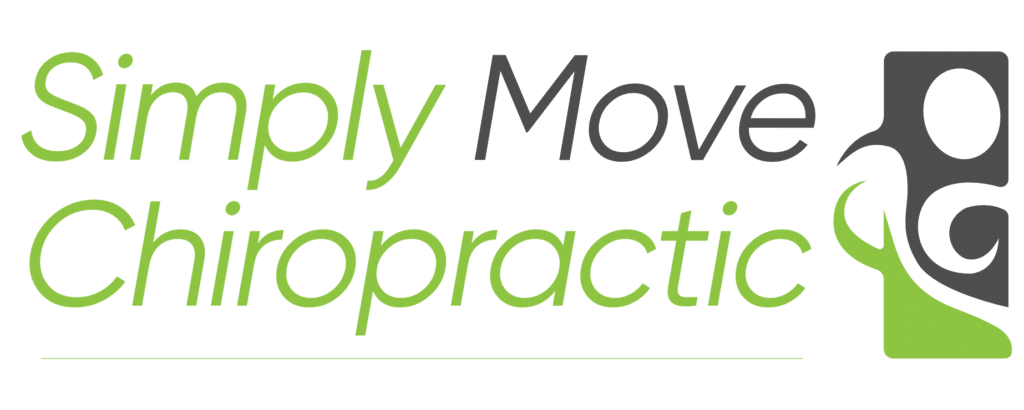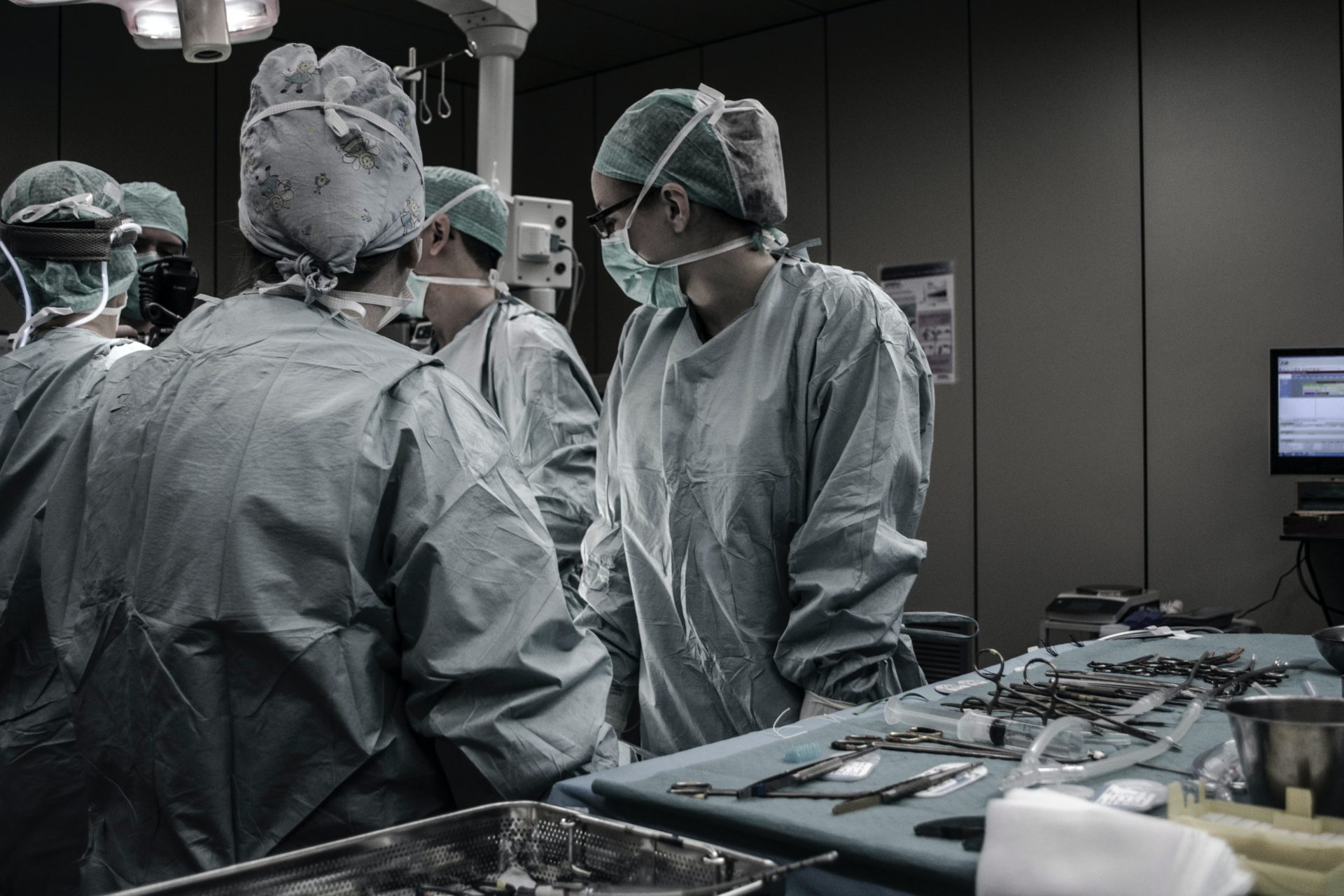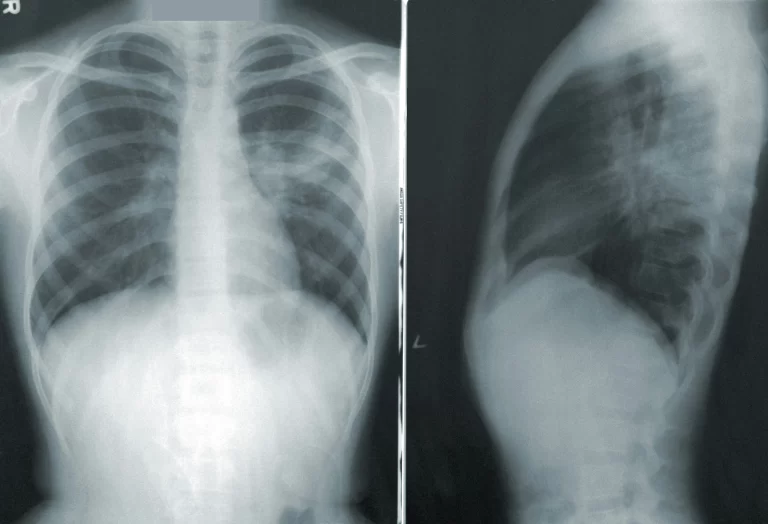Before we get into the study it should be noted that surgery is typically only required with the most severe cases of scoliosis. With less severe curves, bracing is commonly used to great avail as well as corrective rehabilitation for scoliosis.
Study Objectives and Methodology
This study aimed to find out how common nonspecific back pain was among adolescent patients with primary thoracic scoliosis 10 years after they underwent surgery and to identify the factors that predicted this pain. The research included a review of patients who had surgery for thoracic scoliosis between 1997 and 2007, and the pain scores of these patients were evaluated at the 10-year mark.
Findings on Back Pain Prevalence and Contributing Factors
Out of 171 patients, the study found that back pain occurred in 23% of male patients and 11% of female patients. Several factors were linked to the presence of pain, such as age, mental health score, and some measurements taken from spinal images. Interestingly, 42% of the patients who had another surgery to fix issues from the first surgery experienced more pain than those who didn’t have revision surgery.
Key Predictors of Long-Term Pain After Surgery
The main factors that predicted back pain at 10 years after surgery were the degree of spinal curvature and mental health scores. Patients with a spinal curve of 26 degrees or less at 10 years after surgery had a 7% rate of more pain than normal, while those with a curve greater than 26 degrees had a 27.5% rate. In other words, patients with a larger spinal curve were more likely to have increased pain.
The Role of Mental Health in Pain Perception
For patients with a spinal curve of 26 degrees or less, the mental health score played a significant role in pain levels. None of these patients experienced abnormal pain if their mental health score was above 4.2, but 15% of them had more pain than normal if their mental health score was 4.2 or less. This suggests that poor mental health can contribute to increased pain levels in these patients.
Conclusion and Implications for Future Care
In conclusion, the primary factor predicting increased pain 10 years after surgery for thoracic scoliosis was the spinal curve’s magnitude. For patients with a smaller curve, poor mental health was linked to a higher rate of pain. Other factors, like being male and having revision surgery, may also contribute to increased pain, but they were less common overall.
Link to research paper: https://link.springer.com/article/10.1007/s43390-021-00384-6





